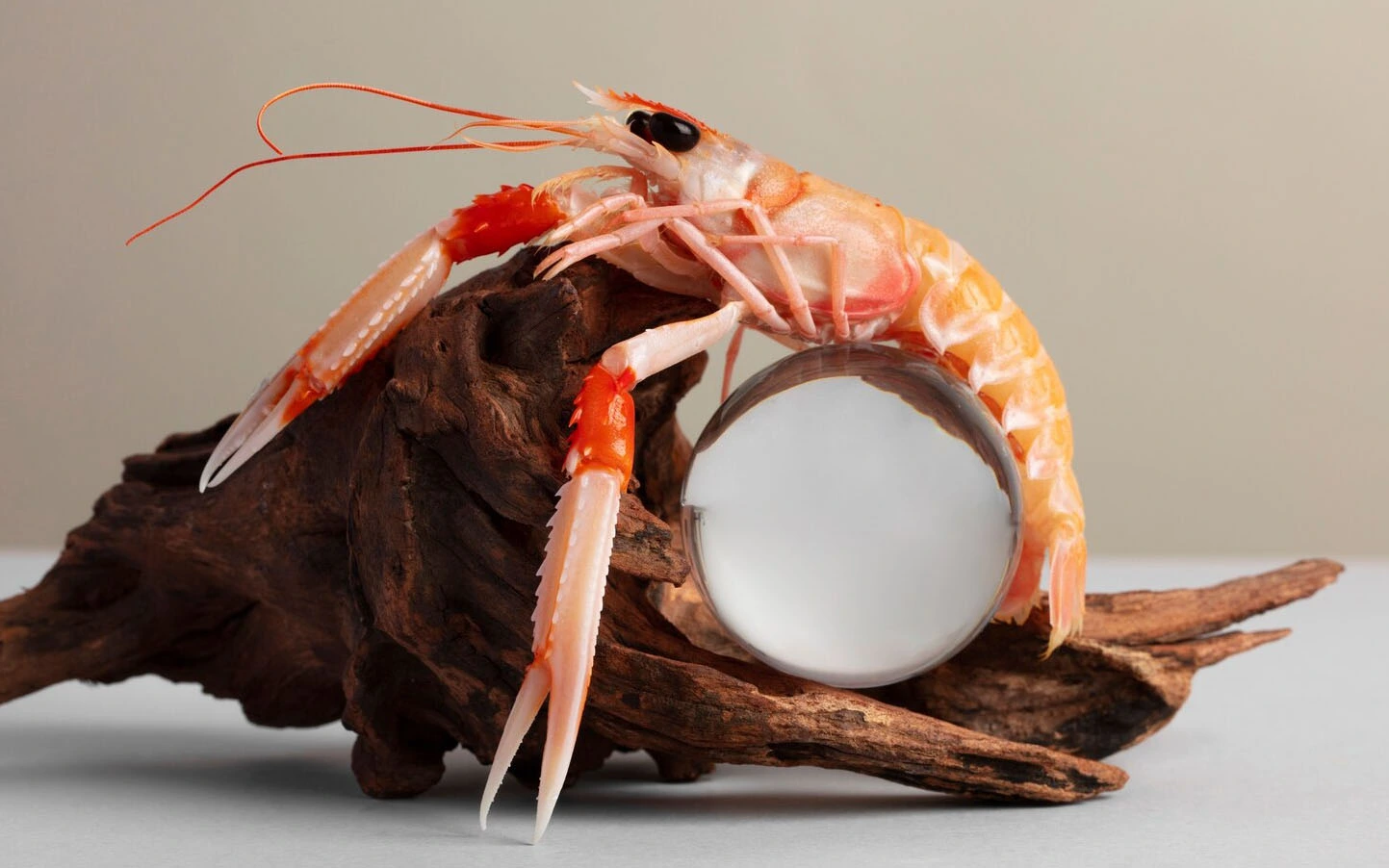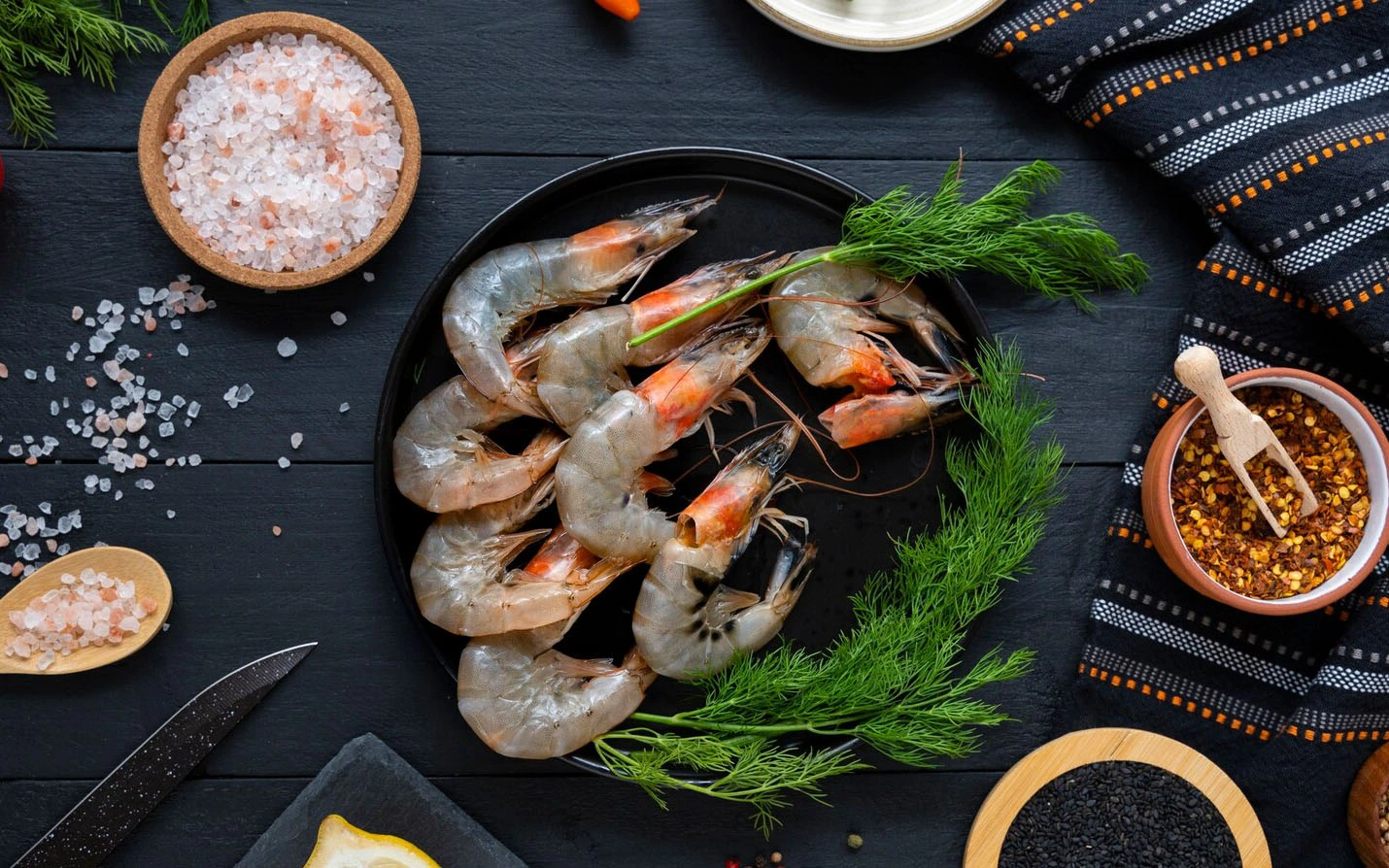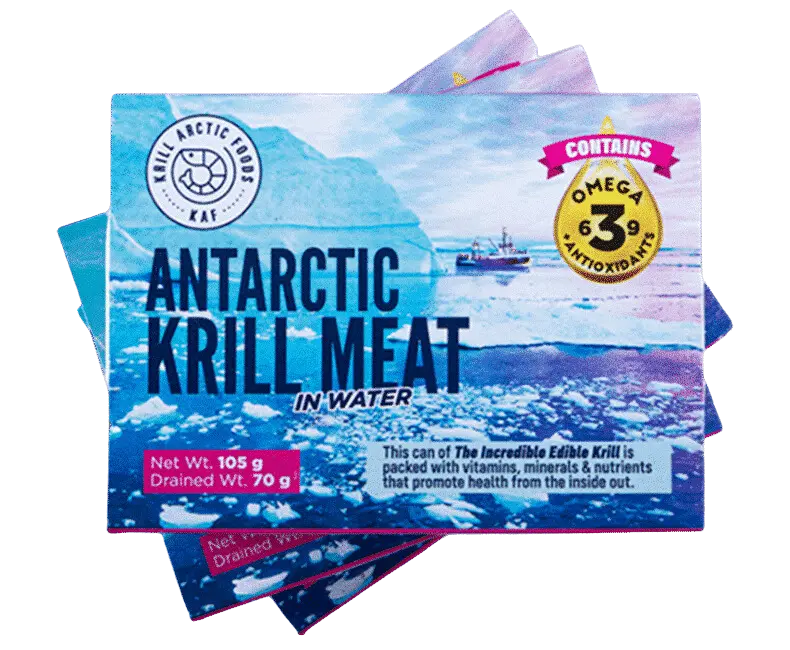- Home /
- What Do Krill Eat? Understanding the Diet of Antarctic Krill

Posted On:February 7th, 2024
What Do Krill Eat? Understanding the Diet of Antarctic Krill
Krill, those tiny, shrimp-like crustaceans, might not be the most glamorous creatures in the ocean, but they play a crucial role in marine ecosystems worldwide. Despite their diminutive size, Krill form massive swarms supporting diverse marine life, from fish to whales. One of the most intriguing aspects of these tiny creatures is their diet. So, let’s dive into the fascinating world of Krill and explore what these essential organisms eat.
Where Do Most Krill Found?
Antarctic waters are home to five distinct species of Krill, the most prevalent among them being the Antarctic Krill, scientifically known as Euphausia superba. They inhabit the Southern Ocean surrounding Antarctica, forming immense swarms near the continent’s ice edges and in the open ocean. Antarctic Krill play an important role in the Antarctic marine ecosystem, supporting various predators, including whales, seals, penguins, and fish.
What Do Krill Eat?
Despite their size, Krill are voracious feeders with a diverse diet. These crustaceans primarily consume:
Phytoplankton
Krill primarily feed on phytoplankton, microscopic single-celled plants abundant on the ocean’s surface. These organisms contain chlorophyll, enabling them to capture sunlight and convert it into energy through photosynthesis. Using specialized legs called “perepods” attached to their thorax, krill filter phytoplankton from the water. They create a net with their perepods, scooping up water and trapping phytoplankton for consumption.
Copepods
Copepods, another crucial component of krill’s diet, are small crustaceans with oar-like appendages that inhabit various aquatic environments. With over 240 families, copepods are diverse, ranging from freshwater to hypersaline. Despite their small size, typically no more than 0.4 inches, copepods play a significant role in marine ecosystems.
Zooplankton
Zooplankton encompasses many tiny oceanic organisms, including crustaceans, snails, jellyfish, single-celled organisms, worms, sea cucumbers, mollusks, and fish. These organisms drift with ocean currents rather than actively swimming. While krill are primarily herbivorous, they also consume zooplankton, which serves as a source of protein in their diet.
Algae
In Antarctic regions, algae thrive underneath and within ice formations, even during winter. Snow algae, specifically adapted to survive in extreme cold, grows semi-permanent to permanent snow or ice, particularly in alpine or polar regions with temperatures below 50 degrees Fahrenheit. Krill can access algae by ascending to the ocean’s surface and feeding on the vegetation attached to floating ice formations.
Nutritional Value of Krill
Krill are not only important prey for marine predators but also serve as a valuable source of nutrition for marine animals and provide endless krill meat benefits to humans. Krills contain high levels of omega-3 fatty acids, specifically eicosapentaenoic acid and docosahexaenoic acid, which are important for the growth and development of marine animals. Additionally, Krill contains high levels of protein digestibility, vitamins, and minerals, making it a nutritious food source for humans.
How Much Krill Eat?
Krill, tiny sea creatures, have a modest appetite and typically consume “a maximum of 10% of its body carbon per day.” Krills can survive up to 200 days without food and undergo a remarkable transformation during times of scarcity. Krill undergoes a remarkable physiological transformation when food is scarce, particularly in the frigid winter conditions. Their bodies, except for their eyes, gradually shrink as they enter a phase of starvation. This period, known as the juvenile stage, is characterized by a reduction in body size and even the shedding of sex organs.
The risk of starvation is particularly acute for Krill during the winter months in Antarctic waters, where the ocean’s surface is often covered by ice, limiting access to phytoplankton—the primary source of their sustenance. This food scarcity presents a significant challenge for krill populations, forcing them to adapt to survive until conditions improve. While they may consume relatively little, their collective impact on marine ecosystems is immense.
How Krill Obtain Their Food
Krill employ various feeding strategies to capture their prey efficiently. One of the most common methods is filter feeding, where they use their thoracopods to strain plankton and other particles from the water. Krill swarm in large numbers, forming dense aggregations known as swarms or clouds, where they concentrate their feeding activities.
During the day, Krill migrate vertically in the water column, following the daily movements of their prey. They ascend toward the surface at night to feed on phytoplankton, which undergoes photosynthesis during the day and migrate downward at night. This vertical migration allows Krill to optimize their feeding efficiency and energy intake.
Krill Recipes
After discussing kill and its food, let’s explore how humans use krill meat in different recipes. Although less commonly utilized in culinary practices than other seafood, Krill can be incorporated into various recipes to add unique flavor and nutritional benefits. Here are several ways Krill can be used in cooking:
Environmental Threats and Conservation Efforts
Despite their ecological significance, krill populations face numerous threats, including climate change, habitat destruction, and overfishing. Climate change can disrupt krill’s reproductive cycles and distribution patterns due to rising sea temperatures and ocean acidification.
To mitigate these threats, conservation efforts are underway to protect krill populations and their habitats. Marine protected areas, sustainable fishing practices, and ecosystem-based management approaches aim to safeguard krill populations while preserving the delicate balance of marine ecosystems.
Conclusion
In conclusion, Krill are essential organisms in marine ecosystems, critical in transferring energy from primary producers to higher trophic levels. By understanding what Krill eat and how they obtain their food, we gain insights into the intricate dynamics of marine food webs and the interconnectedness of ocean life.
As stewards of the oceans, we are responsible for ensuring the conservation and sustainable management of krill populations for future generations. By protecting these tiny crustaceans and the ecosystems they inhabit, we can help maintain the health and resilience of our oceans for years to come. So, the next time you marvel at the ocean’s vastness, remember the humble Krill and their essential role in sustaining life beneath the waves.
Frequently Asked Questions
Does krill consume ice as part of their diet?
Krill, particularly Antarctic krill, exhibit a unique relationship with sea ice, utilizing it as a shelter and feeding ground for larval and juvenile krill during winter. This reliance on ice stems from its role as a habitat for algae, known as ice algae, which thrive on and within the ice. These algae provide a vital food source for krill, and their presence can often give the floating ice a distinctive brown or greenish tint.
Are krill exclusively herbivores?
While most krill species are primarily herbivorous, it’s worth noting that some species exhibit omnivorous feeding habits. While they mainly consume plant matter, such as phytoplankton and algae, they may also incorporate small amounts of animal matter into their diet.
Do krill lay eggs?
Female krill can lay many eggs, with some individuals capable of producing as many as 10,000 eggs in a single reproductive event. In spawning season, which typically occurs between January and March, female krill release their eggs near the ocean’s surface. These eggs then gradually sink into the sea depths over approximately 10 days before hatching into larval krill.
Related Posts
Shop
Products You May Like
Lorem Ipsum is simply dummy text of the printing and typesetting industry
m Ipsum is simply dummy text of the printing and typesetting industry.








